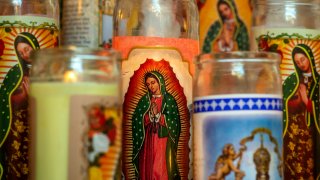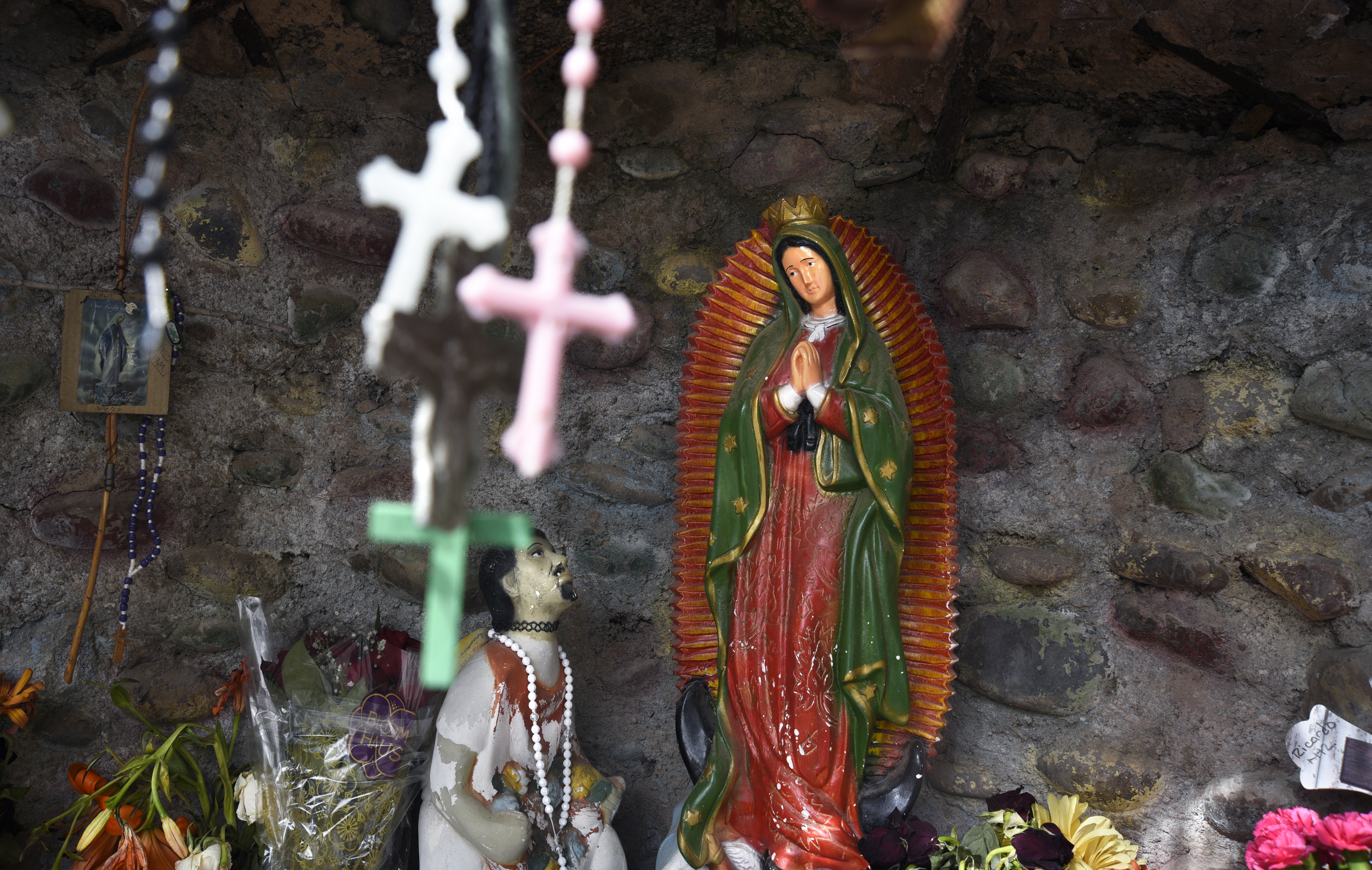
Many people around the world celebrate the Day of the Virgin of Guadalupe every year on Dec. 12. Believers travel from different countries to honor her and ask for a miracle, but very few know the meaning of the name Guadalupe.
According to a researcher from the National Autonomous University of Mexico (UNAM), there are three theories that explain where the name of the Virgin, also known as the Morenita del Tepeyac, comes from, since, despite being the patron saint of Mexicans, the celebration expands to different countries.
“There are three versions of the etymology of Guadalupe. The most accurate is the one that comes from the Arabic phrase Wad-al-luben which means hidden river, but another suggests that it is a combination of Arabic and Latin. Wad, which is a river, and lupus, which is the Latin for wolf, which results in a river of wolves,” explained María Alicia Meyer, researcher at the UNAM Historical Research Institute.
Get a weekly recap of the latest San Francisco Bay Area housing news. Sign up for NBC Bay Area’s Housing Deconstructed newsletter.
"Which is a little strange, but this was in reference to the animals that could be in the sanctuary in Spain. And a third is that it also has a Nahuatl root which is the Spanish version of coatlaxopeuh which is the one that crushes the snake,” Meyer added.
The researcher commented that she leans towards the Arabic version because the image of Guadalupe reflects the devotional roots that are venerated in the Royal Monastery of Santa María de Guadalupe in Spain, and for which the conquerors had great devotion. It has been a sanctuary of great importance since the 14th century.
The Virgin of Guadalupe is also known by other names such as the Virgin Mary of Guadalupe, Santa María de Guadalupe, the Virgin of Tepeyac or the indigenous name Tonantzin Guadalupe.



